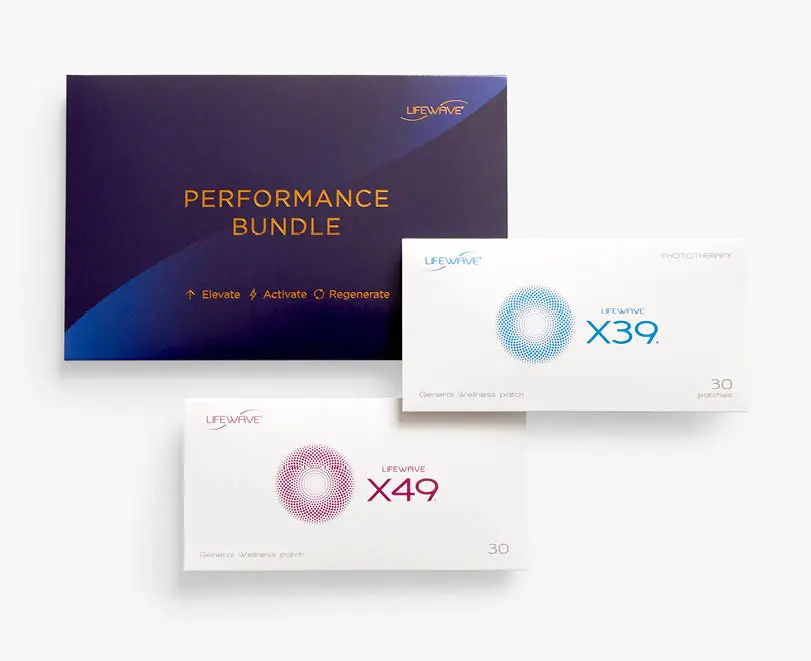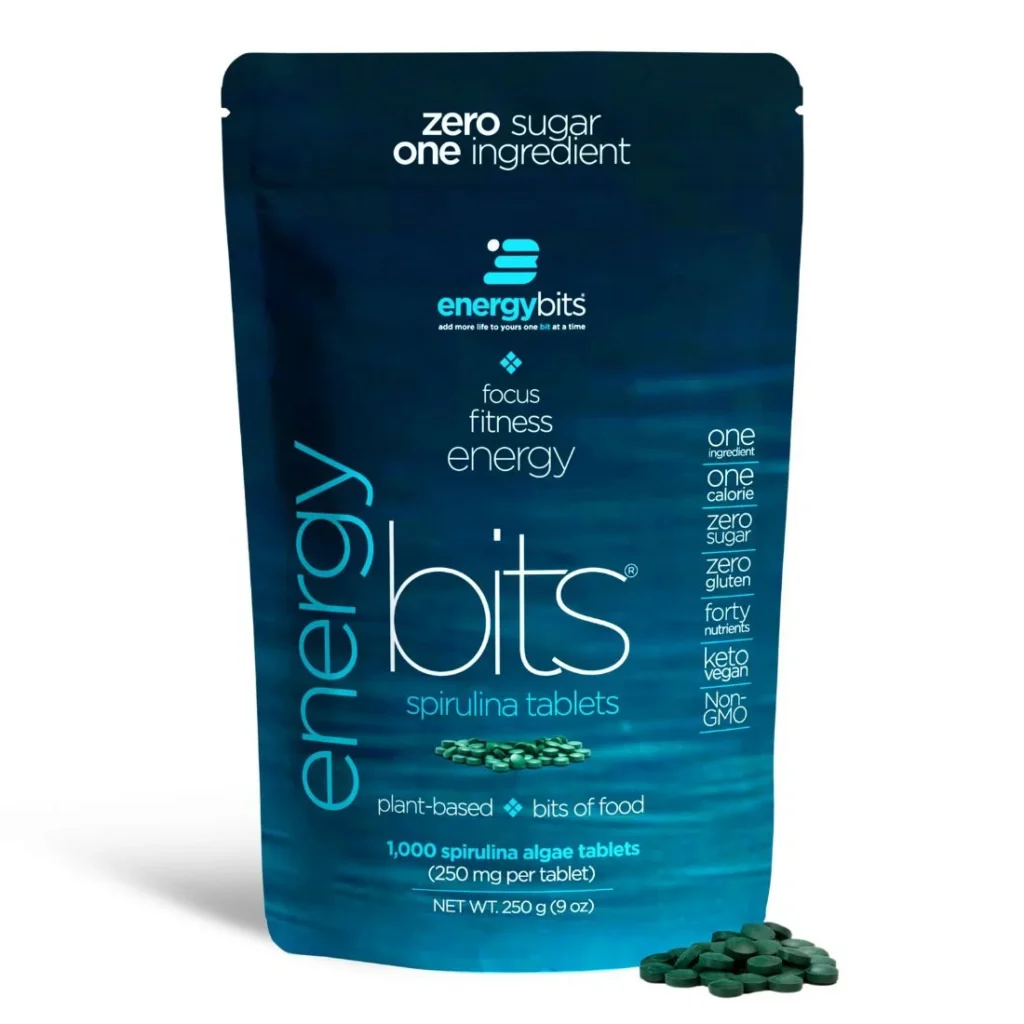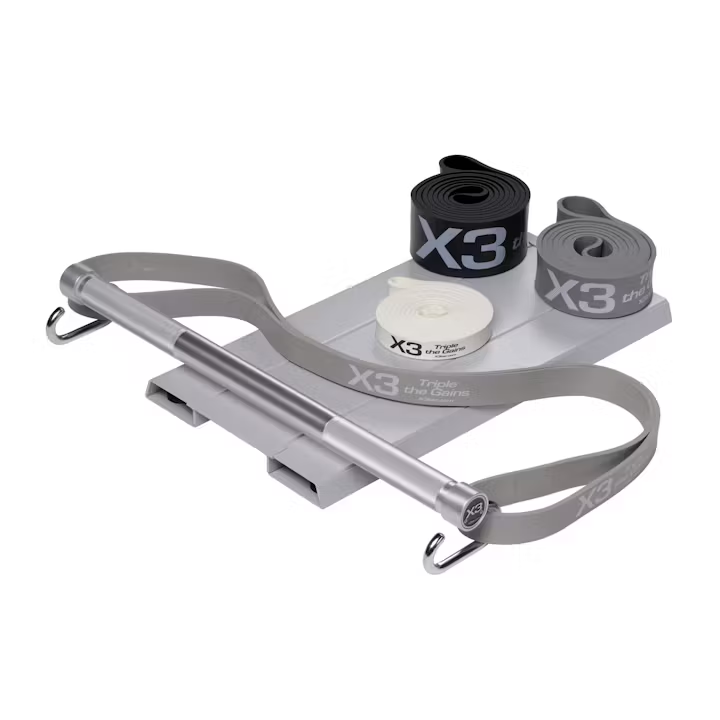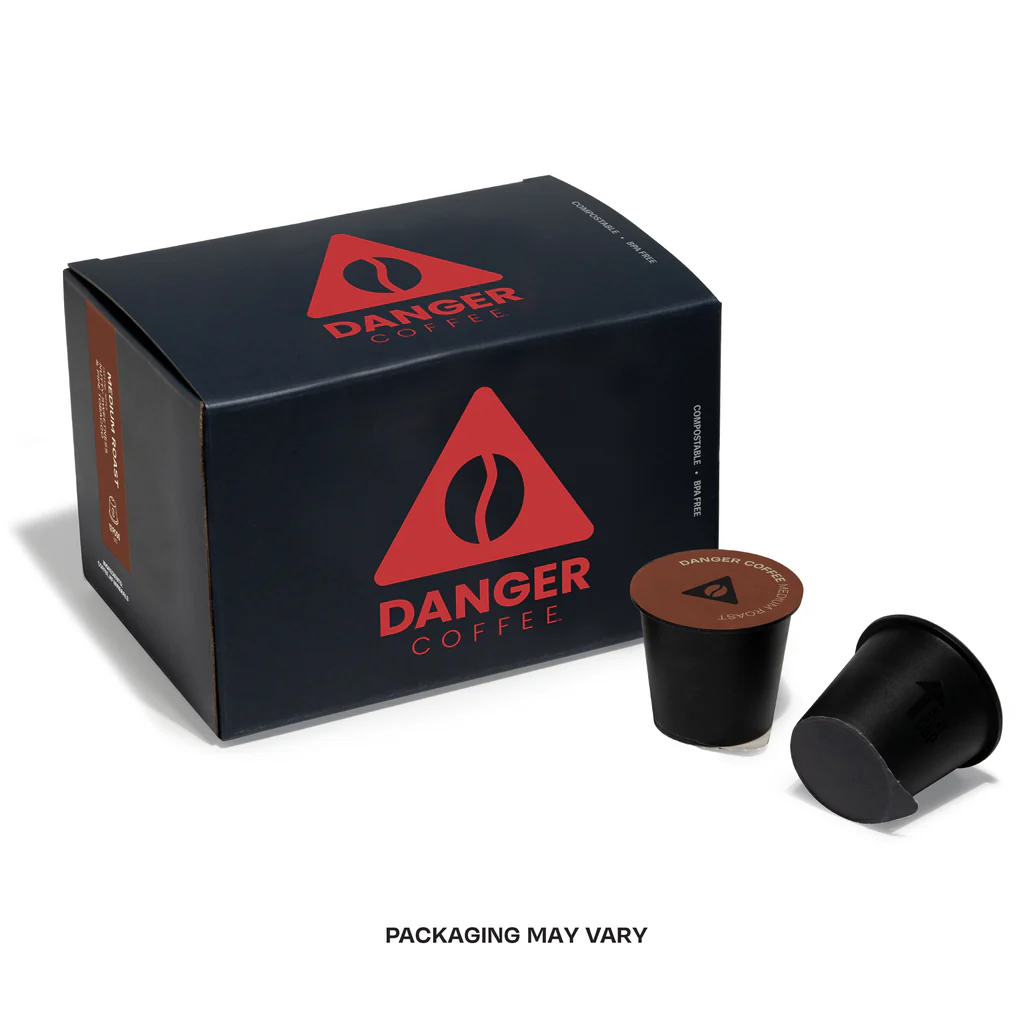Introduction
Walking is humanity’s oldest medicine—a , accessible, and scientifically proven way to transform your health. Just 30 minutes of daily steps can slash heart disease risk, ease chronic pain, and even rewire your brain for resilience.
Whether you’re a busy parent, desk worker, or retiree, this reveals how to harness walking’s full potential, with simple biohacks to maximize results.
Why Walking Works: The Science of 30 Minutes a Day
Boosts Cardiovascular Fitness
- A 2023 Journal of Cardiology study found daily walking lowers blood pressure as effectively as medication in pre-hypertensive adults.
- How: Brisk walking (3–4 mph) strengthens heart muscles and improves circulation.
Reduces Joint Pain & Stiffness
- Walking lubricates knee/hip joints by stimulating synovial fluid production.
- Pro Tip: Opt for soft surfaces (grass, trails) if you have arthritis.
Supports Weight Management
- Walking burns 150–200 calories per 30 minutes—equivalent to a 20-minute jog for beginners.
- Science Note: Regular walkers have 7% lower body fat than sedentary peers, per NIH data.
Sharpens Mental HealthWalking outdoors reduces cortisol (stress hormone) by 15% and boosts creative problem-solving by 60%.
5 Free Biohacks to Hit 10,000+ Steps Daily
1. The “Walking Phone Call” Rule
Action:
Take ALL calls while walking—even pacing your living room counts.
Math:
Four 10-minute calls = 4,000+ steps.
2. Park & Walk Strategy
Action:
Park 10 minutes away from destinations (stores, offices).
Bonus:
Saves time circling lots for “close” spots.
3. Commercial Break Challenges
Action:
Walk in place or do laps during TV ads.
Gamify:
Compete with household members for most steps per show.
4. Stair Replays
Action:
Take the stairs 2–3 extra times daily (up and down).
Burn:
Stairs torch 3x more calories than flat walking.
5. Post-Meal “Digestion Walks”
Action:
Walk 10 minutes after breakfast/lunch/dinner.
Benefits:
Lowers blood sugar spikes by 22% (per Diabetes Care).
Optimize Your Walks: Brisk vs. Leisurely
Brisk Walking (3–4 mph):
- Form: Swing arms, engage core, maintain a “can talk but can’t sing” pace.
- Burn: 250–300 calories/hour; ideal for weight loss and endurance.
Leisurely Walking (2–3 mph):
- Best For: Recovery days, joint pain relief, or mindfulness practice.
Final Thoughts
Walking isn’t just exercise—it’s a daily reset button for your body and mind. By integrating these you’ll effortlessly boost step counts, reduce disease risks, and reclaim energy.
Remember: Consistency trumps intensity. Start small, celebrate progress, and let each step fuel your wellness journey.
FAQs
Q: Do I need 10,000 steps?
A: While 7,000–8,000 steps show 50% mortality risk reduction, 10k is a memorable goal. Start with 5k and build gradually.
Q: Can walking replace gym workouts?
A: Yes for general health. Add resistance training 2x/week for muscle building.
Q: How to stay motivated?
A: Track steps via apps (Google Fit, iPhone Health) or join virtual challenges.






















